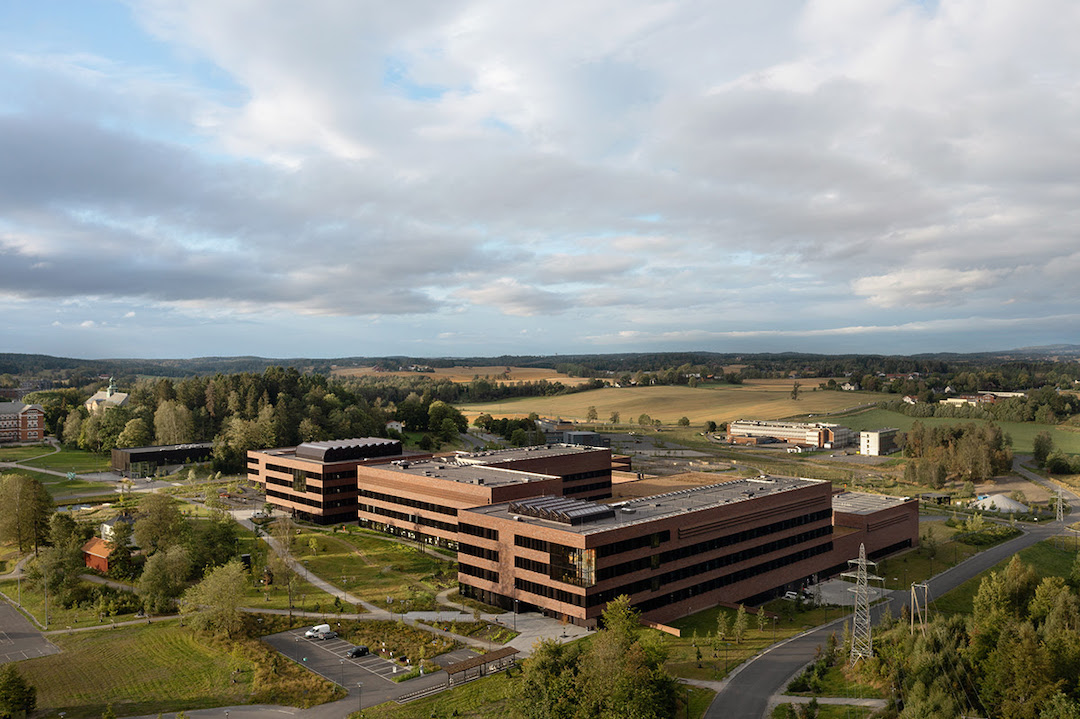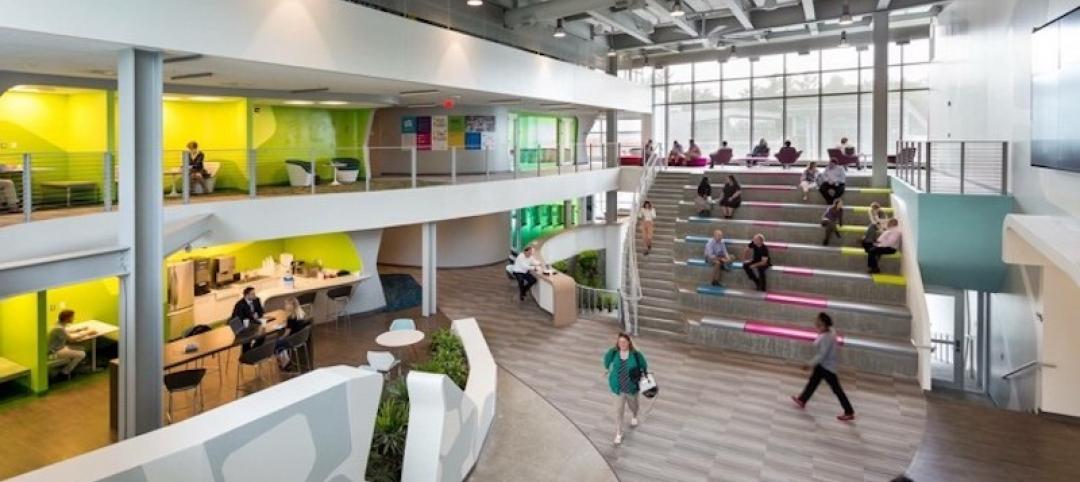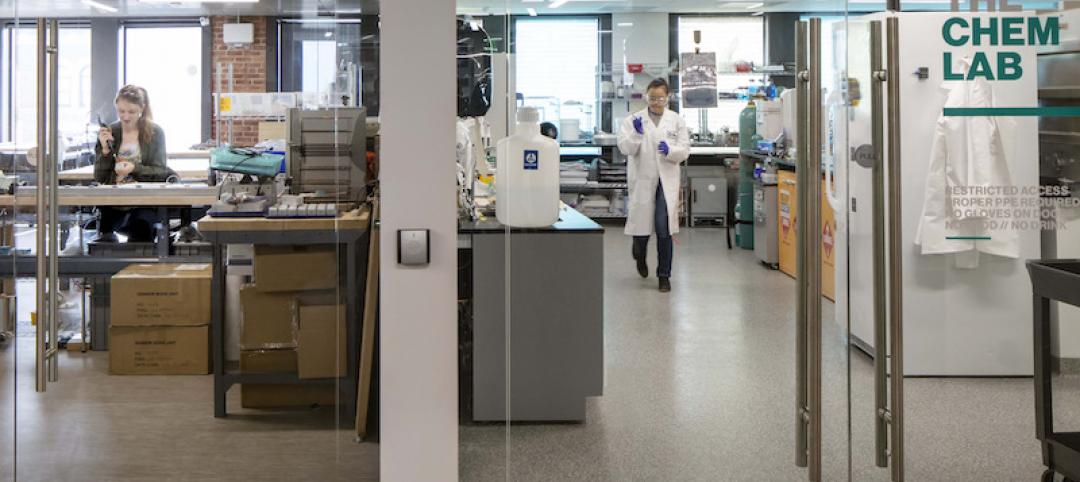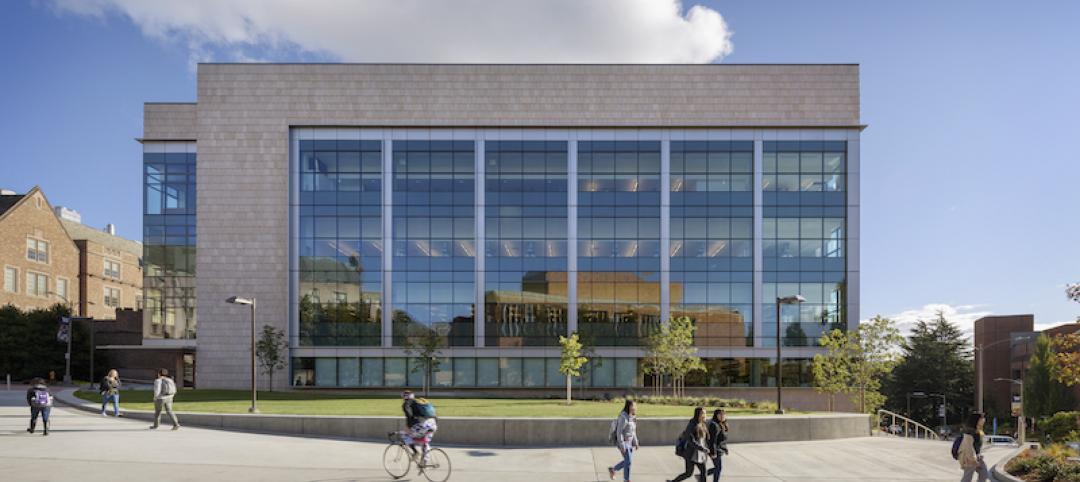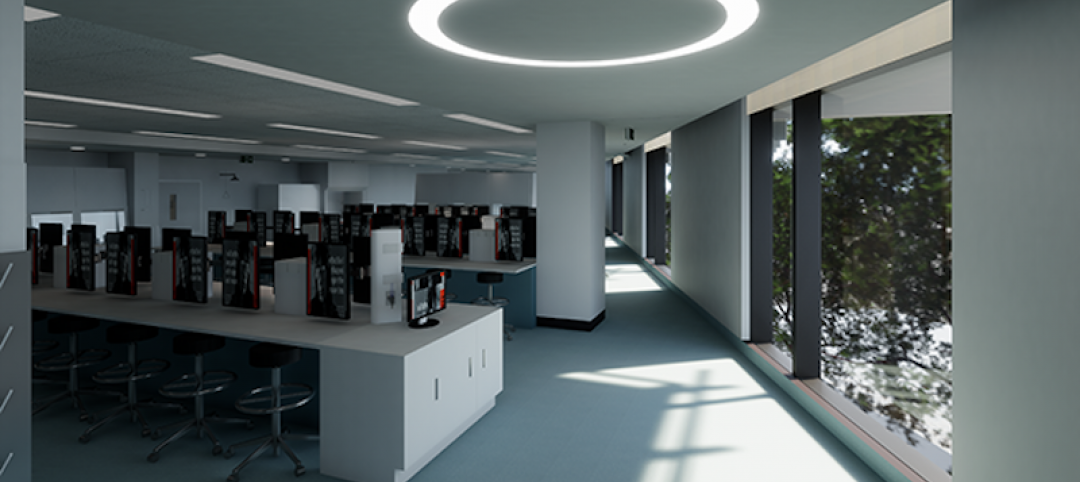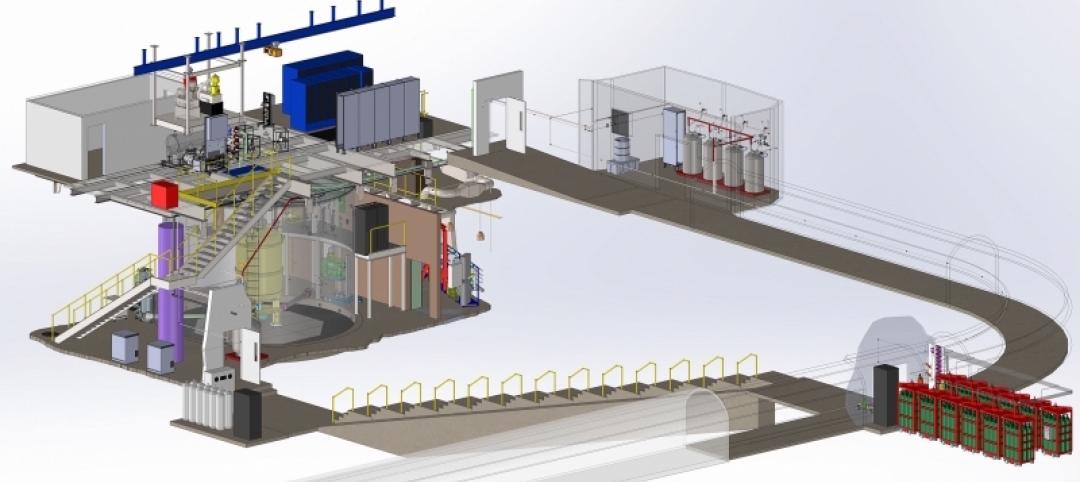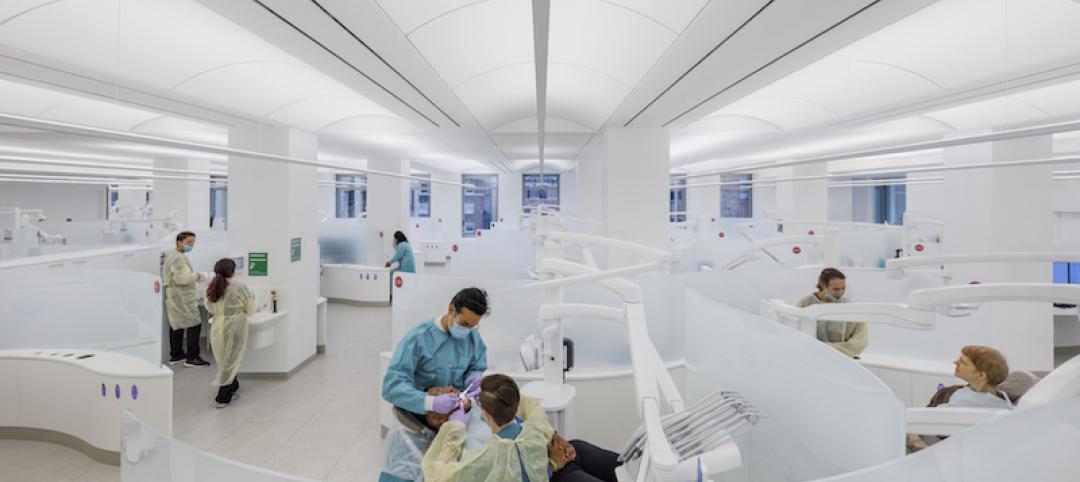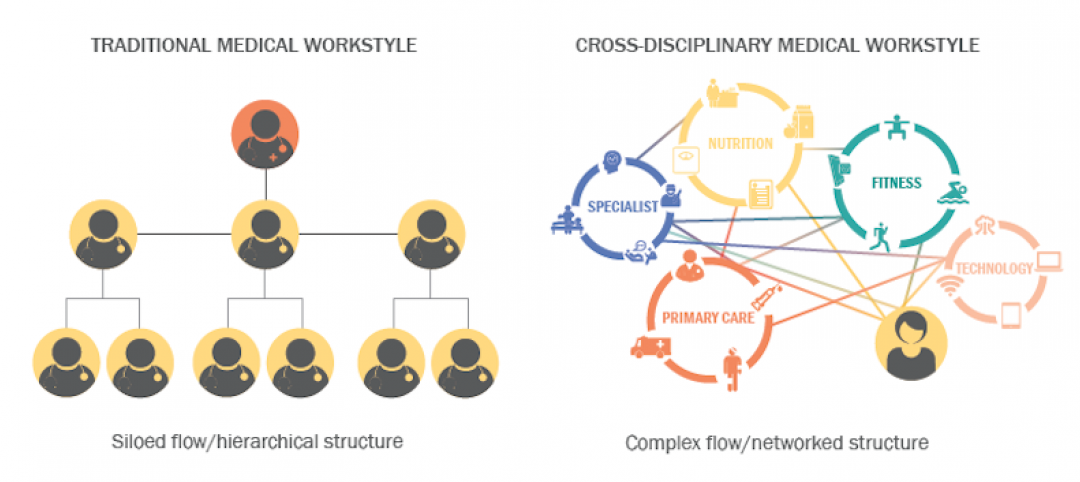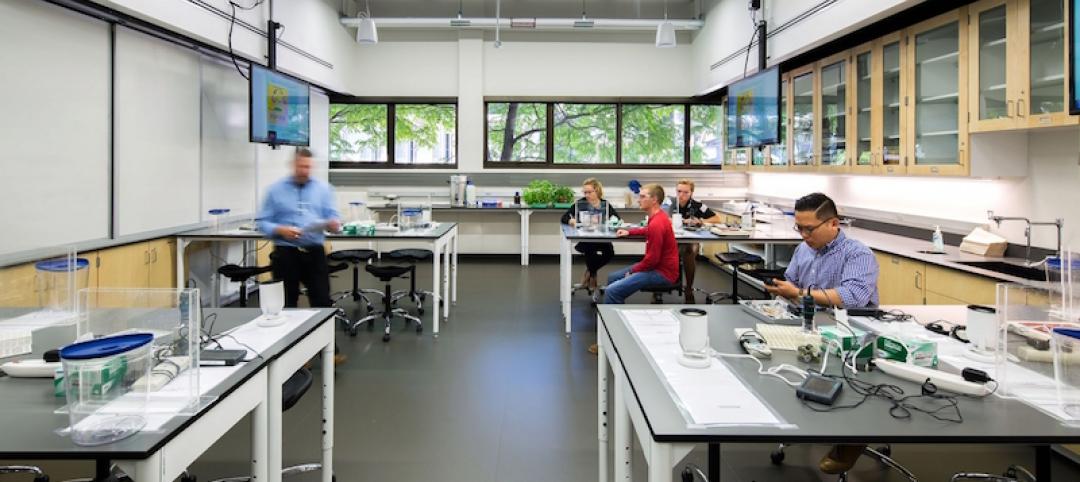A new 678,000-sf veterinary building has completed at the Norwegian University of Life Science's (NMBU) Campus Ås. The Henning Larsen-designed project brings together research facilities and teaching space for veterinary medicine in one of the most advanced veterinary buildings in Europe. The project represents the largest overall development in the university and college sector in Norway’s history.
The Veterinary Building at Campus Ås is eight distinct but linked buildings that unites previously disparate resources. The building includes over 2,400 rooms across the approximately 678,000 sf space, rarely rising over four stories. It is subdivided into eight wings that are distributed between the building’s two primary programs: the Norwegian Veterinary Institute and the Norwegian University of Life Science.
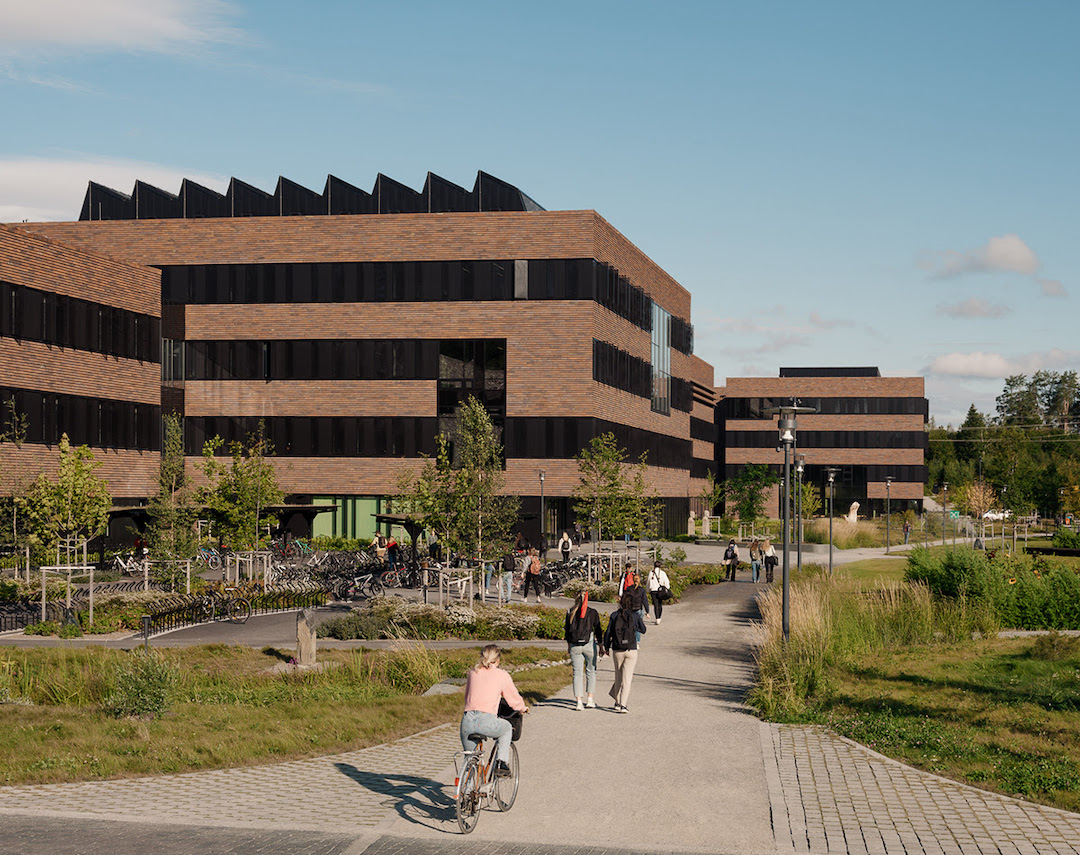
The sensitive and hazardous spaces within the campus, such as the Veterinary Building’s laboratories for infectious disease research and surgical suites, are bound to the center and protected by a permeable barrier of public program that rings the campus’ exterior. The building is also broken into smaller modules that can be individually locked down if needed.
Researchers, faculty, students, and visiting experts can meet and learn from each other in social spaces that are spread throughout the building’s stables, aquariums, animal clinics, hydrotherapy pools, riding halls, BSL 3 laboratories, autopsy rooms, classrooms, offices, libraries, and canteens.
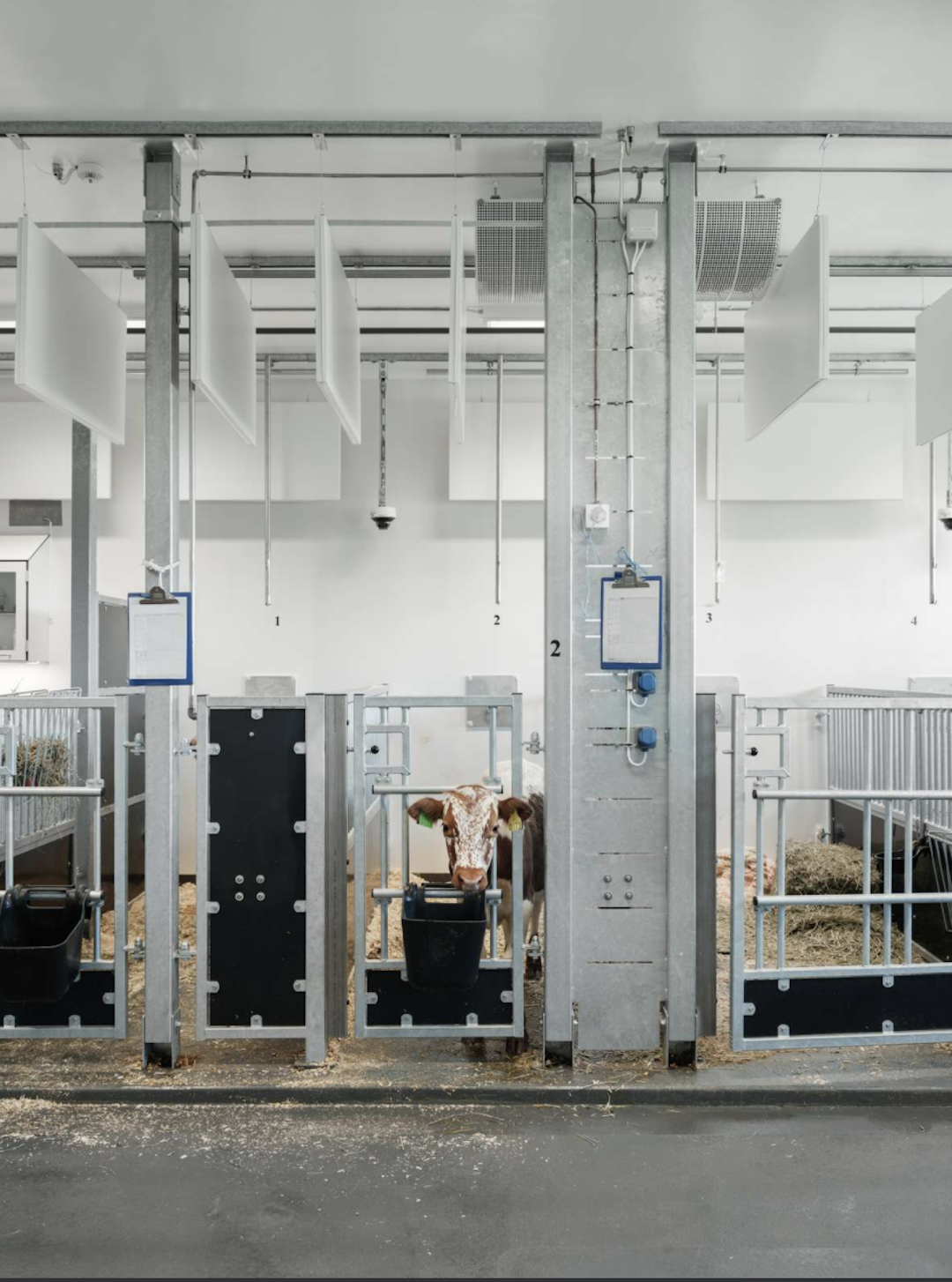
The Veterinary Building’s facade is made of over 300,000 hand-cut bricks, each coal fired to give them an individual sheen and texture. The reddish-brown hue of the bricks matches the surrounding campus structures, some of which date back to the campus’ founding in 1859. Native plants surround the bulk of the new building and can also be found atop the building, where sedum roofs support an insect habitat.
The project, which was developed for Statsbygg in cooperation with Multiconsult, Fabel Arkitekter, Link Arkitektur, and Erichsen + Horgen, officially opened on Sept. 1, 2021. It houses approximately 700 students and almost 1,000 employees.
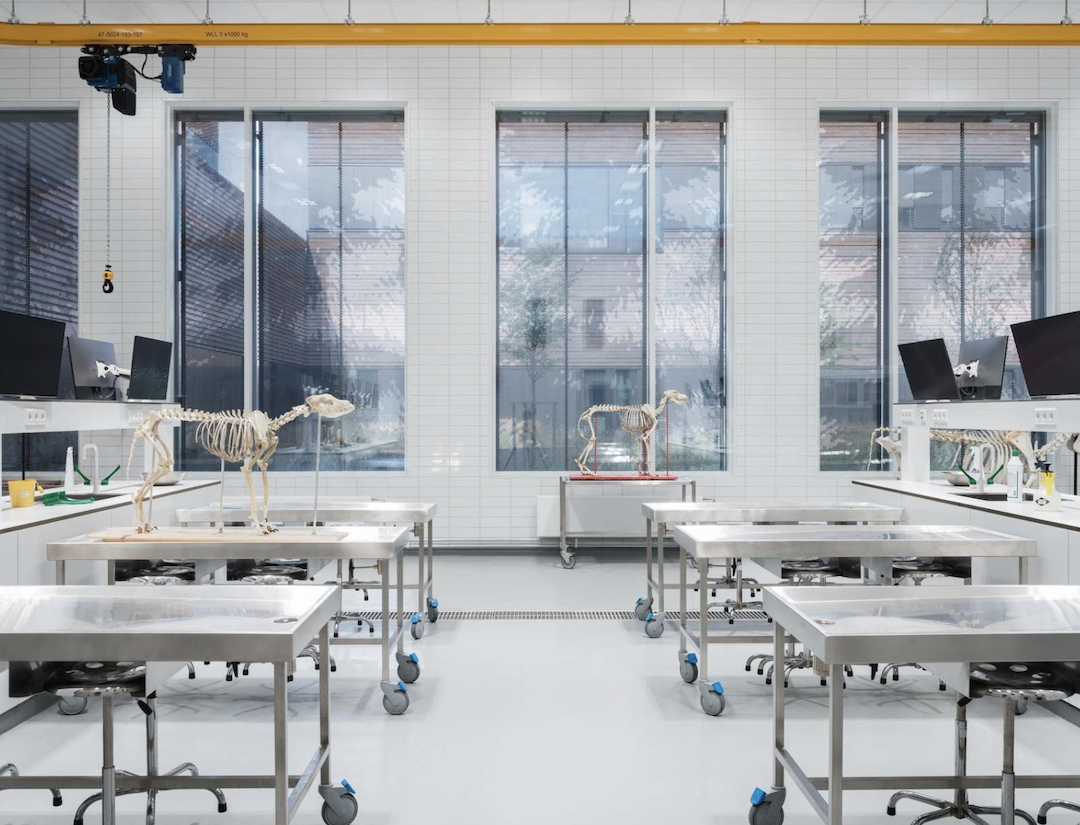
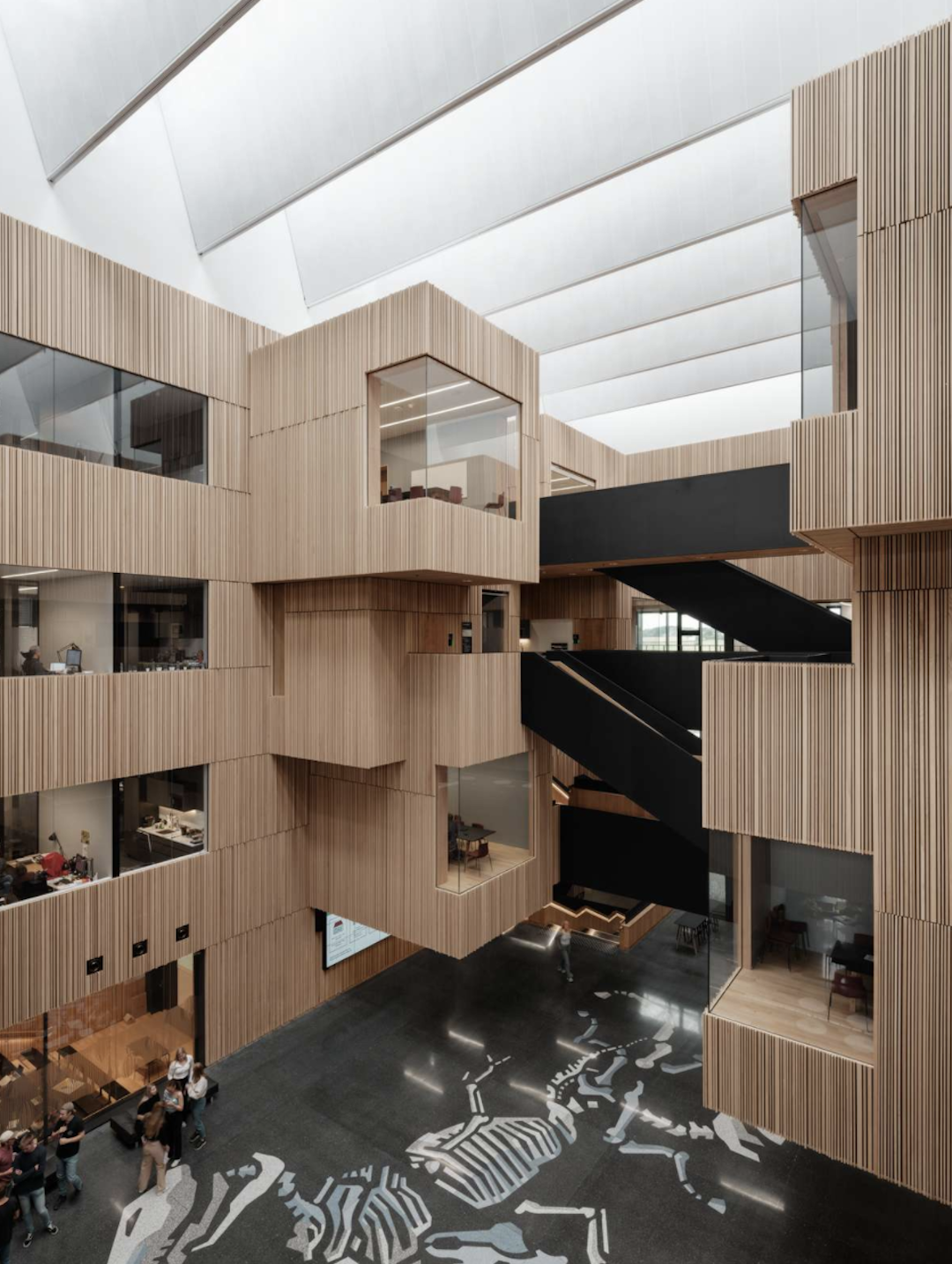
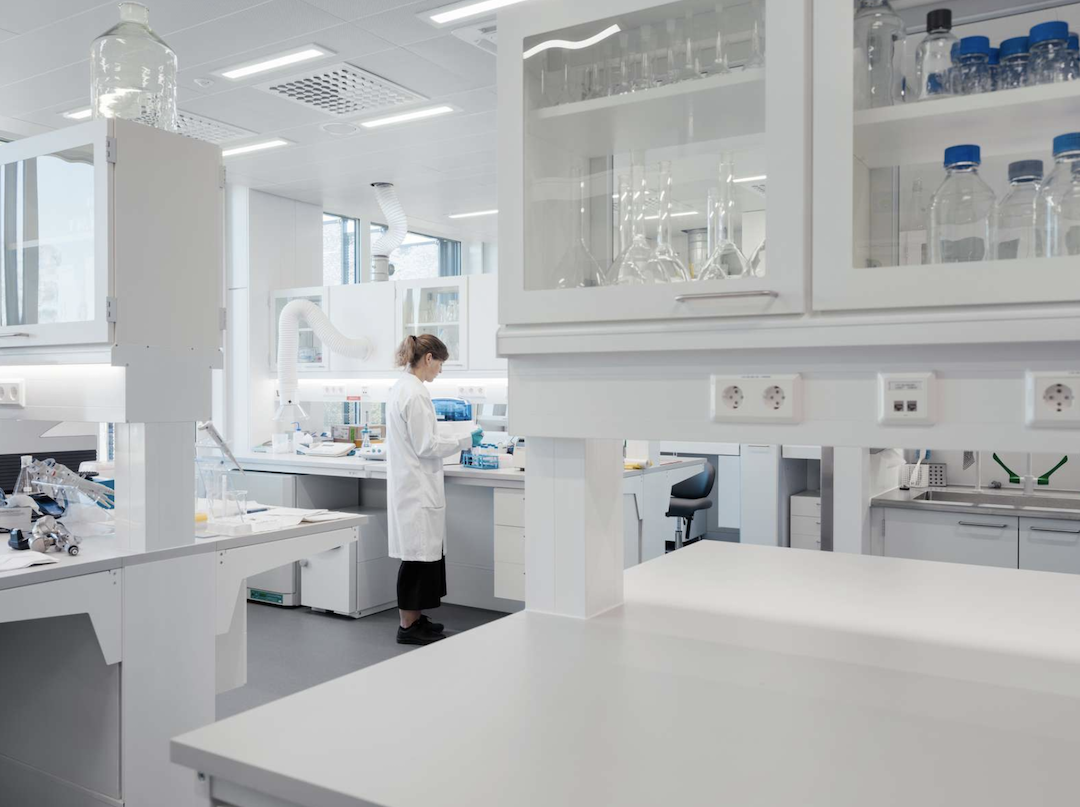

Related Stories
Laboratories | Jun 18, 2018
A Massachusetts research building is the first to meet WELL’s Gold standard
Design changes in lighting and HVAC systems were required to meet compliance criteria.
Laboratories | May 21, 2018
Virtual Design and Construction Technology helped design MIT’s new accelerator facility
SGA designed the incubator space.
Laboratories | Feb 26, 2018
Three trends shaping labs of the future
It’s all about flexibility and talent for the future of life sciences.
University Buildings | Feb 16, 2018
The University of Washington receives a new Nanoengineering and Sciences Building
The building marks the second phase of a 168,000-sf complex.
Laboratories | Feb 15, 2018
Mass science: Superlab design best practices
What are superlabs? And what makes for a superbly designed superlab?
Reconstruction & Renovation | Feb 7, 2018
Renovations begin on an underground facility that is investigating the nature of dark matter
This LEO A DALY-designed project makes way to produce the world’s most sensitive detector to this point.
Healthcare Facilities | Jan 6, 2018
A new precision dental center embodies Columbia University’s latest direction for oral medicine education
The facility, which nests at “the core” of the university’s Medical Center, relies heavily on technology and big data.
Giants 400 | Dec 13, 2017
Top 45 science + technology architecture firms
HDR, HOK, and Interior Architects top BD+C’s ranking of the nation’s largest science + technology sector architecture and AE firms, as reported in the 2017 Giants 300 Report.
Healthcare Facilities | Nov 6, 2017
Design isn’t enough to foster collaboration in healthcare and research spaces
A new Perkins Eastman white paper finds limited employee interaction at NYU Winthrop Hospital, a year after it opened.
Laboratories | Sep 22, 2017
Designing for how we learn: Maker spaces and instructional laboratories
Here is how the See + Hear + Do = Remember mantra can be applied to maker spaces and instructional labs.


